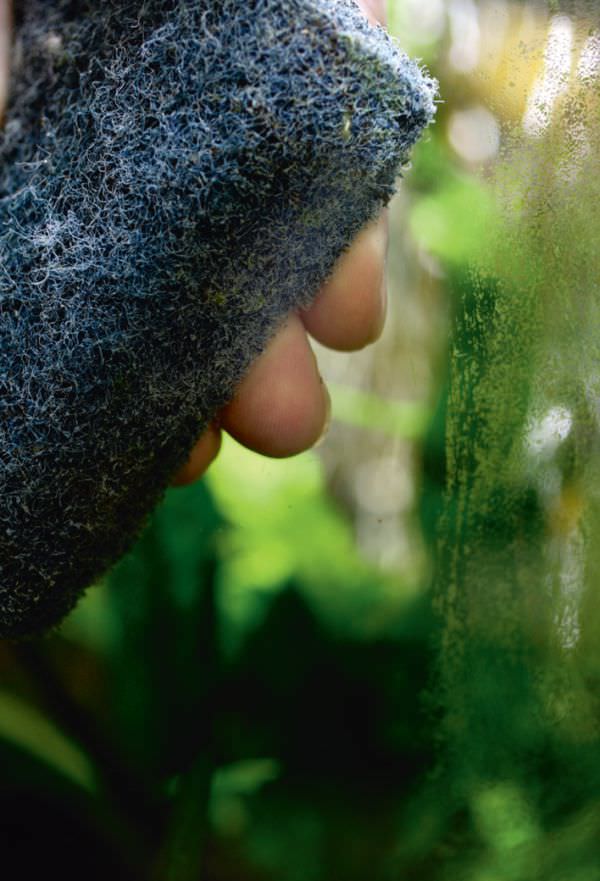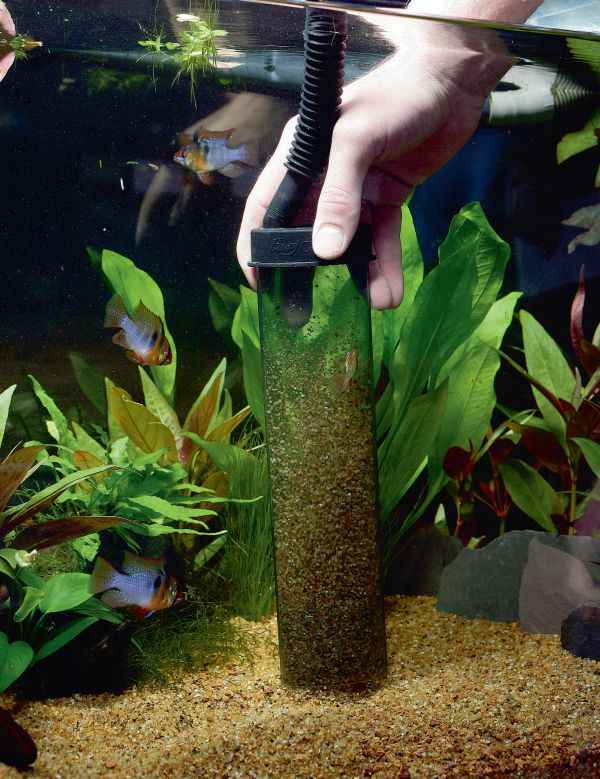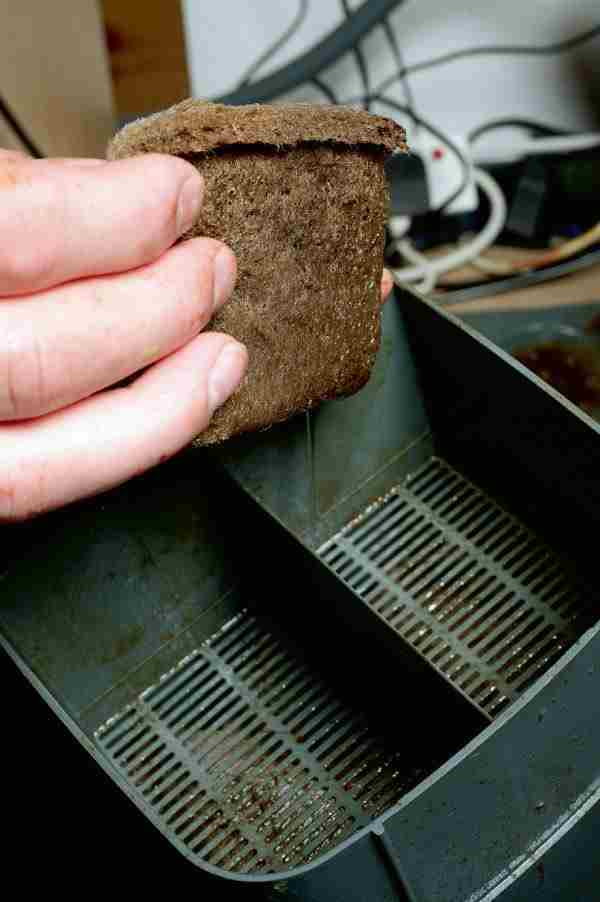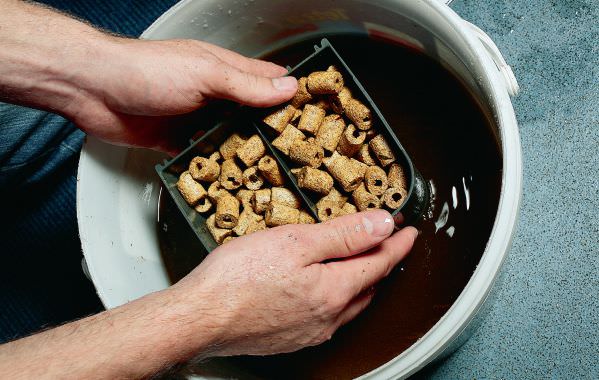Maintenance is an essential part of keeping fish. We maintain our tanks to keep our fish healthy first and foremost, and to keep our tanks looking good.
Where light combines with water, you will always find algae, but it can be controlled. Algae can grow in low light or bright light and thrives in water that is  full of nitrate and phosphate. We normally deal with the end result, and physically remove it from surfaces like the aquarium glass and decoration. The best way to do this is to use either an abrasive pad, an algae magnet or special scrapers, with either plastic or metal blades.
full of nitrate and phosphate. We normally deal with the end result, and physically remove it from surfaces like the aquarium glass and decoration. The best way to do this is to use either an abrasive pad, an algae magnet or special scrapers, with either plastic or metal blades.
Algae magnets are very popular algae ‘wipers’ because they are so easy to use and convenient. One half of the magnet is coated with an abrasive pad and goes inside the aquarium, while the other half is coated in a soft pad for polishing the outside aquarium glass. Pull the magnet across the glass and it will remove algae as it slides over it. You keep your hands dry on the outside and they can even go around corners.
Floating algae magnets are the ultimate in convenience because if the inner magnet falls off, it floats up to the top where you can retrieve it.
Algae can also be prevented by lots of water changes, and by using special resins.
A great natural algae remover is to add algae-eating fish. They clean the tank and entertain you at the same time.
Water changing
Water changing is the single most important bit of maintenance that we do.
The biggest reason for changing the water regularly is to dilute pollutants that have built up over time. Filtration breaks down ammonia and nitrite into less harmful nitrate, but high levels of nitrate, from 40-140ppm, can cause algae and may have an adverse effect on newly acclimatised fish. Very high levels of nitrate can kill fish.
Other factors affect aquariums as the water becomes aged. Phosphate levels build up through fish waste and food, and phosphate is a major cause of algae in freshwater aquariums.
If the water becomes very acidic it can suffer from pH collapse, where the pH drops from six or seven to three or four overnight, with dire consequences for most fish.
Water changes add buffers, which help to maintain pH.
One of the most effective ways to change the water is to use a siphon tube. Choose a self-starting siphon device to drain water from the tank into a bucket. That can be thrown away or used to water your plants. You can wash filter media in it too.
Only remove a proportion of the tank water at any one time, and always use a dechlorinator and thermometer to check temperature and make the water safe for fish. Never remove all the water or strip the tank down as too much beneficial bacteria will be removed in one go, causing potential water quality issues.
Gravel Vacuuming

This process goes hand in hand with water changing, and removes all the dirt and debris from the gravel. To do this properly, buy a gravel vacuum and siphon tube combined, and choose one that self-starts to save you sucking the pipe.
The principle of gravel vacuuming is to hover the wide diameter intake over the gravel. Once started the vacuum will lift the gravel and spin it around inside, removing any debris. The debris then flies up the tube into the bucket and the heavier gravel is dropped back down. Repeat the process over the entire surface area of the gravel and by the time you have done that, the water change will also have been carried out.
Regular vacuuming helps to remove debris that may hold nitrate and phosphate, and even parasites like whitespot, which has a life stage that lives in the gravel. Vacuuming is particularly important for bottom-dwelling catfish like Corydoras because without it, their delicate barbels may become infected.
Filter Maintenance
Filter maintenance is essential to keep your filter working properly, and your fish healthy. By the nature of what they do, filters become clogged over time and may even stop.
Maintain mechanical media, like sponge and filter wool, the most regularly and clean or  replace it to keep water flow constant. If your filter sponge is doing the job of mechanical and biological filtering, only ever replace half of it at a time and wash it in old tank water to keep bacteria levels high. When you clean mechanical media, clean the impellor at the same time.
replace it to keep water flow constant. If your filter sponge is doing the job of mechanical and biological filtering, only ever replace half of it at a time and wash it in old tank water to keep bacteria levels high. When you clean mechanical media, clean the impellor at the same time.
Next is the chemical media like carbon. Carbon soaks up pollutants to the point of saturation and then it won’t remove any more. Replace carbon every four weeks to prevent this. Nitrate and phosphate removers are also forms of chemical media and also need regular replacement.
Test your water so that you know when the media is spent and needs replacing. In a well-maintained filter, biological media should need to be maintained the least. If it becomes dirty, only wash it in old tank water. Biological media can be replaced, but only part of it at a time to maintain bacteria levels.

 British Pounds
British Pounds
